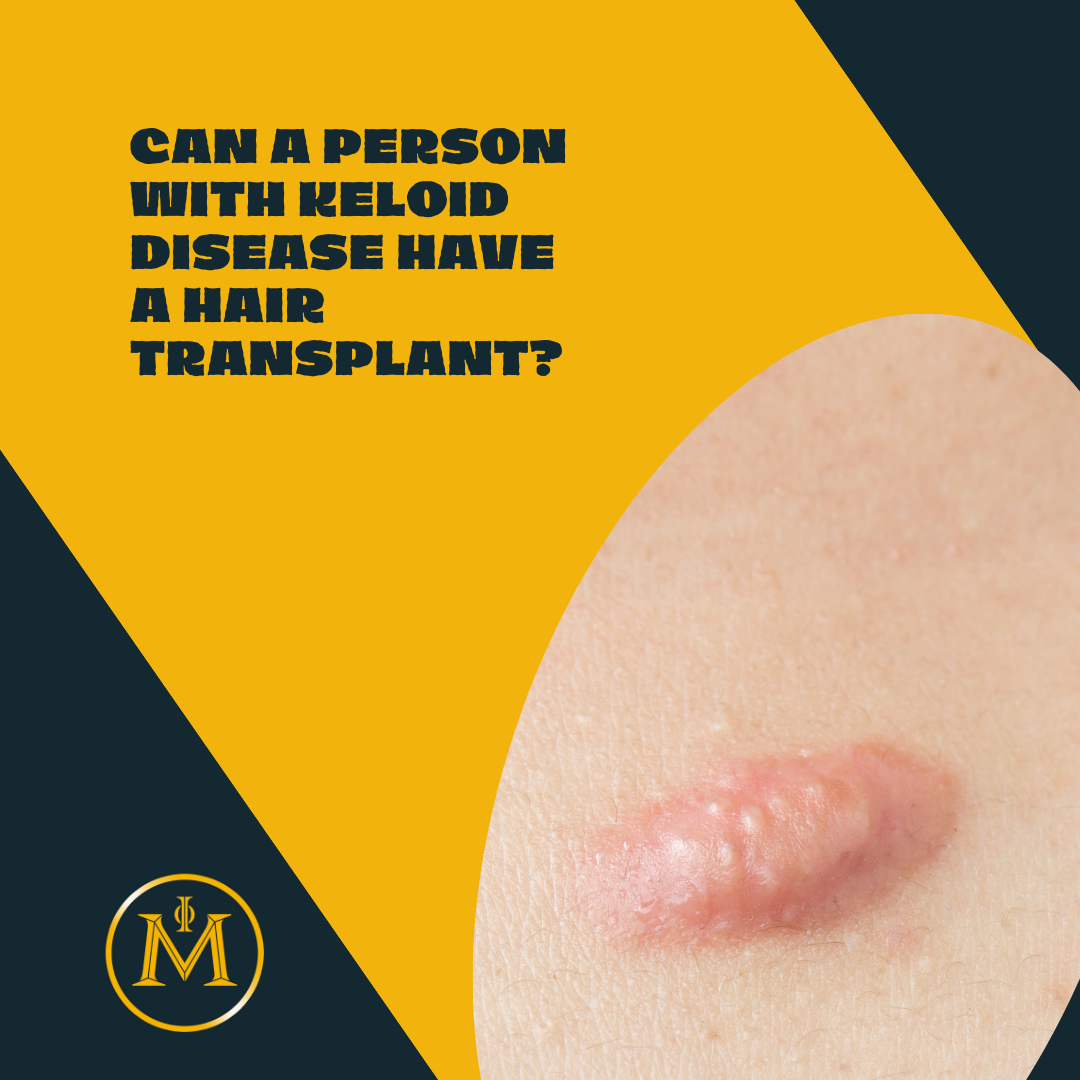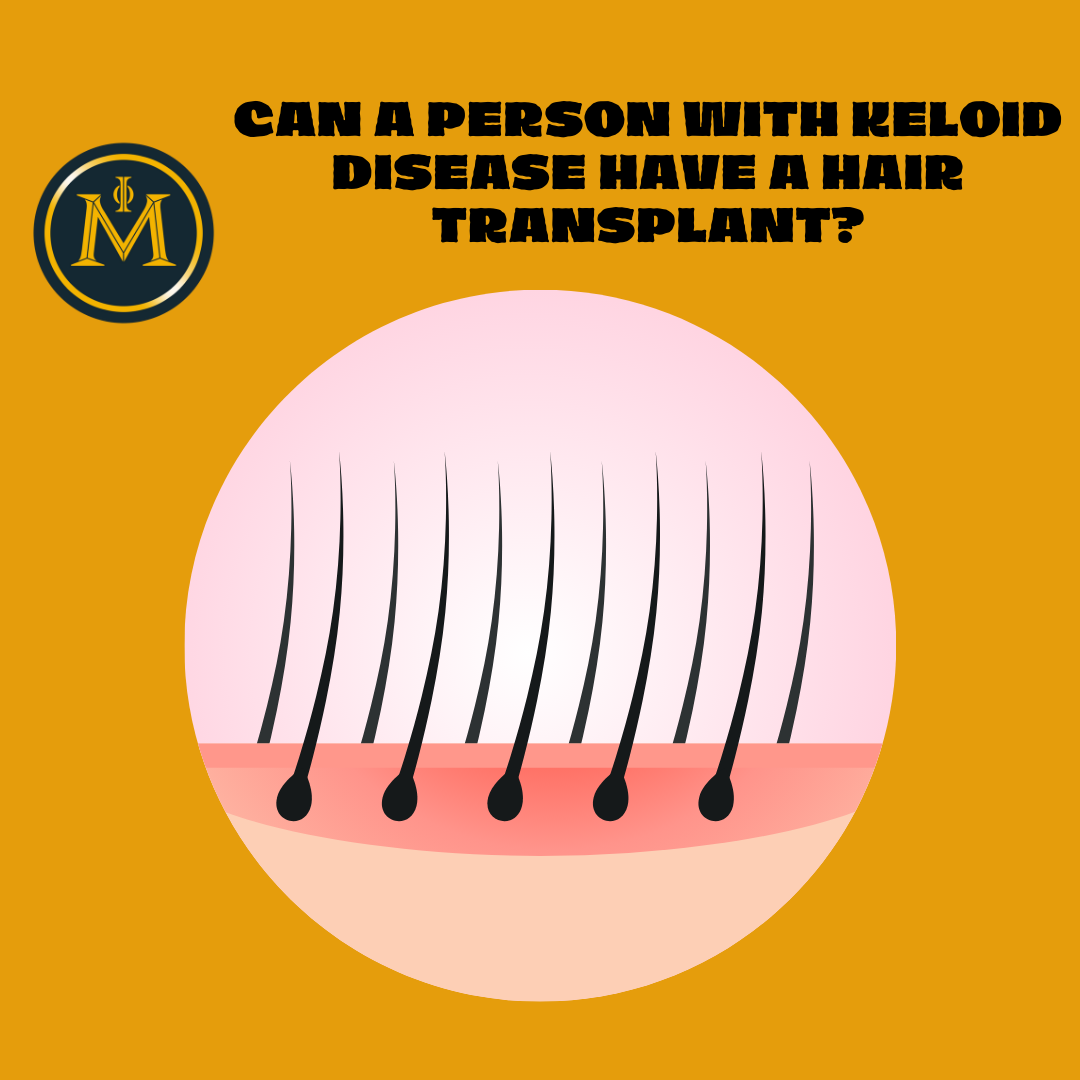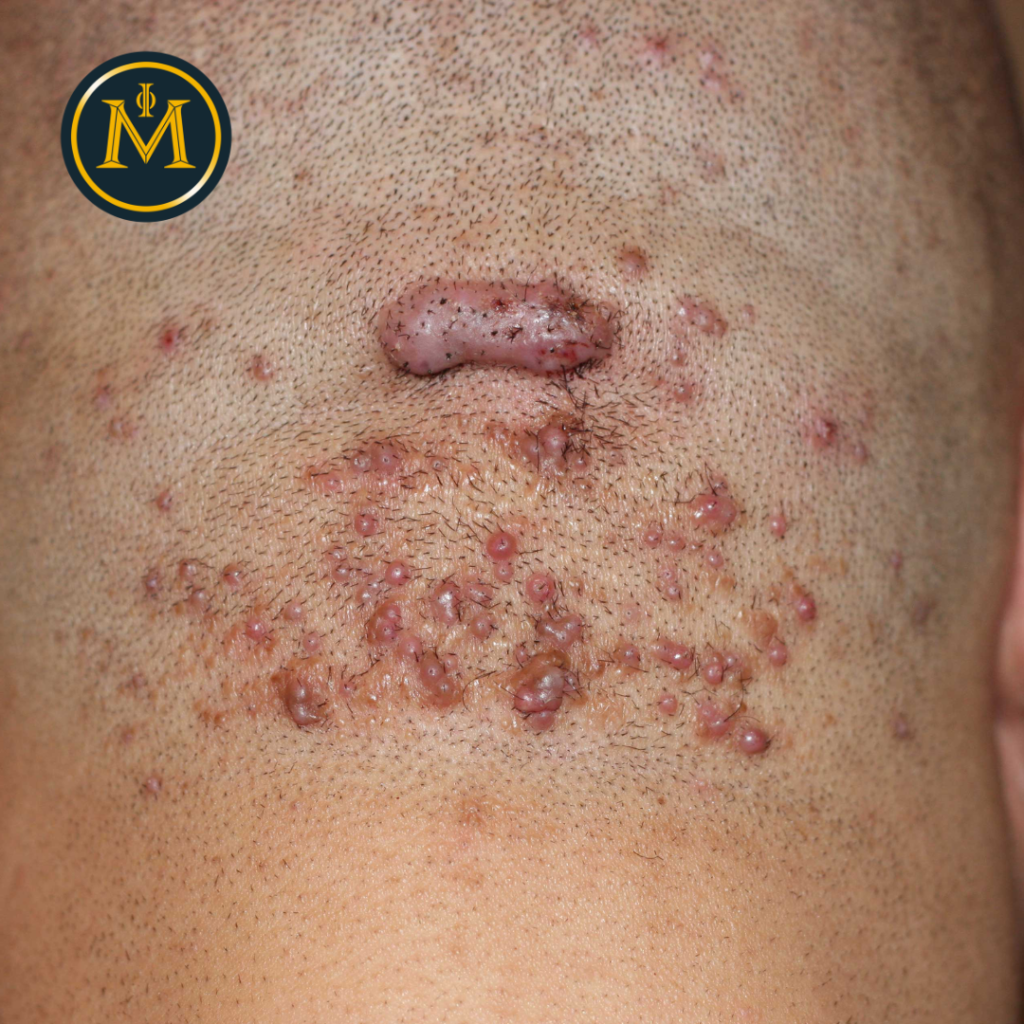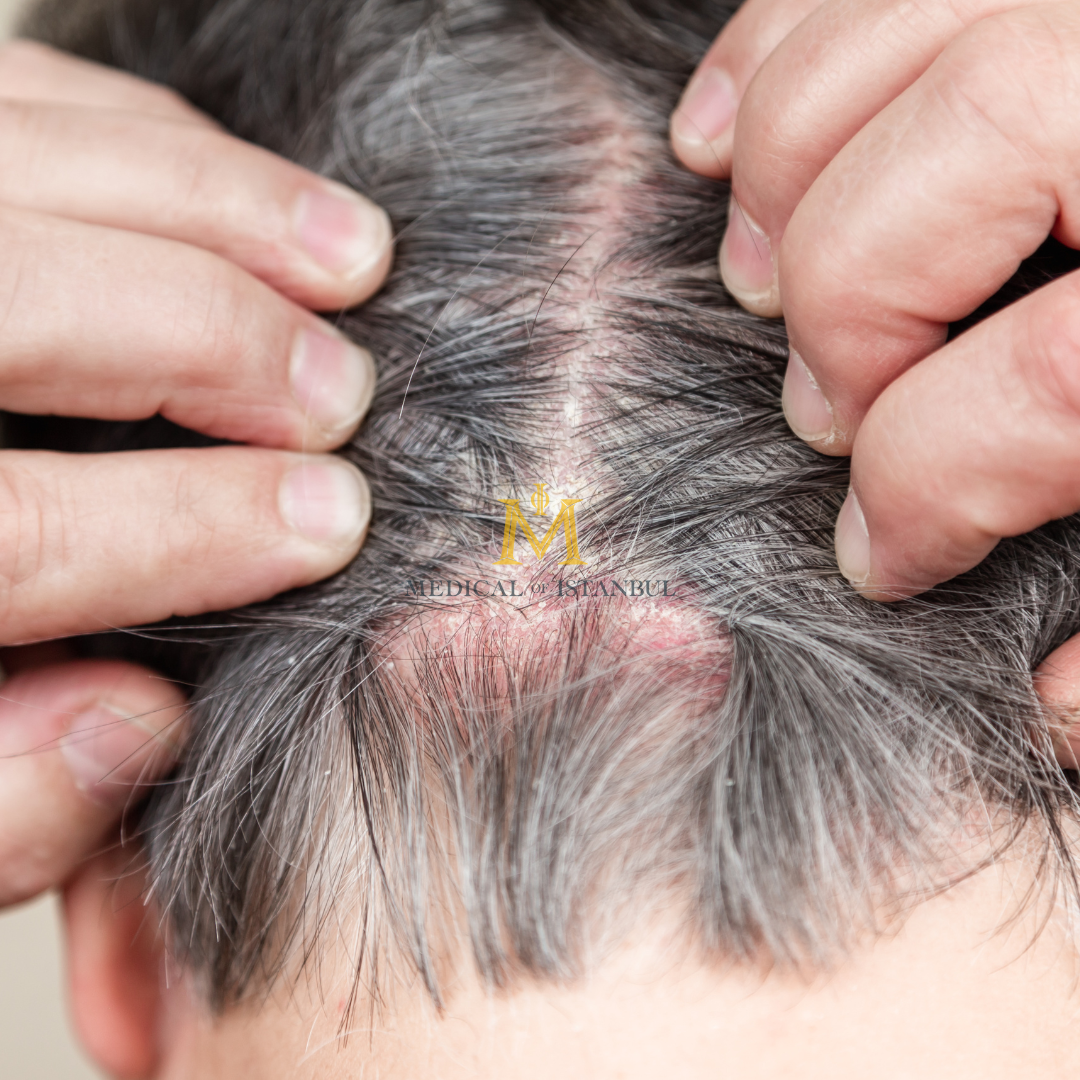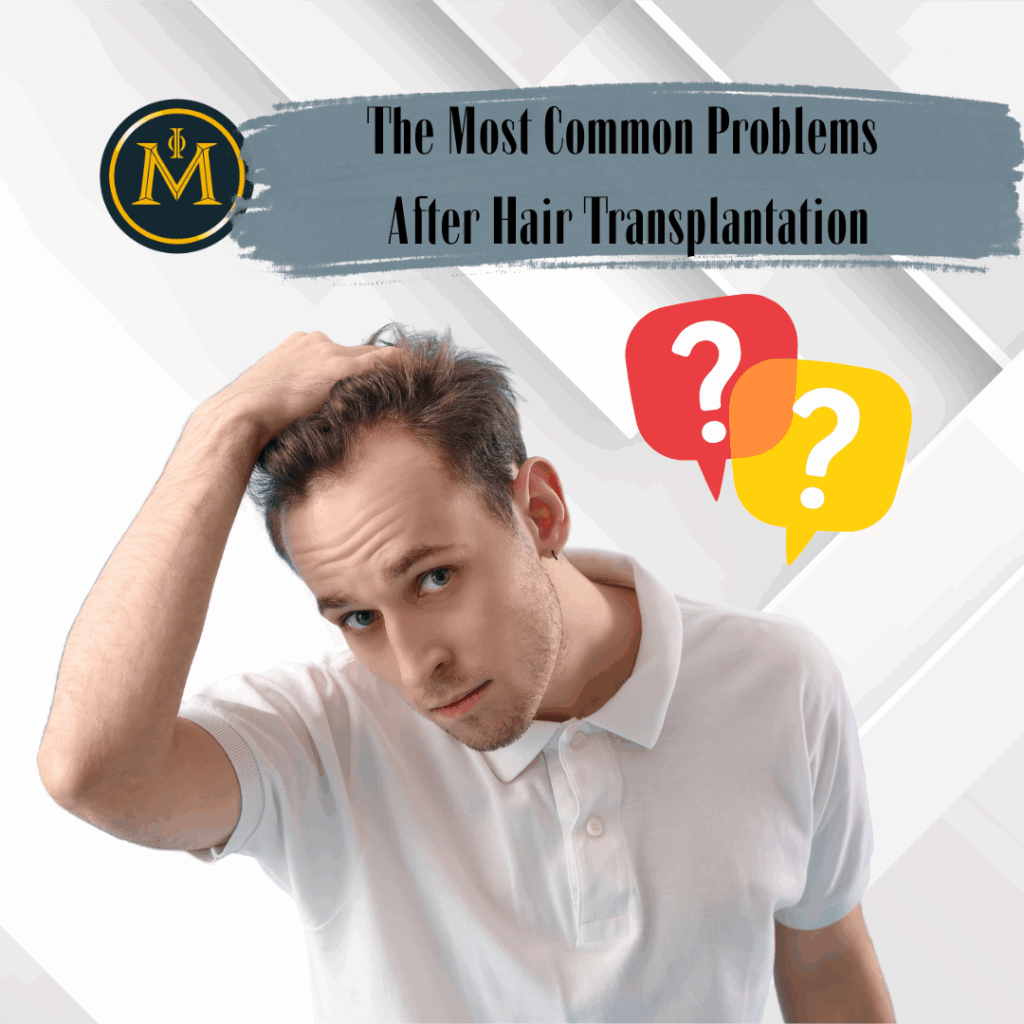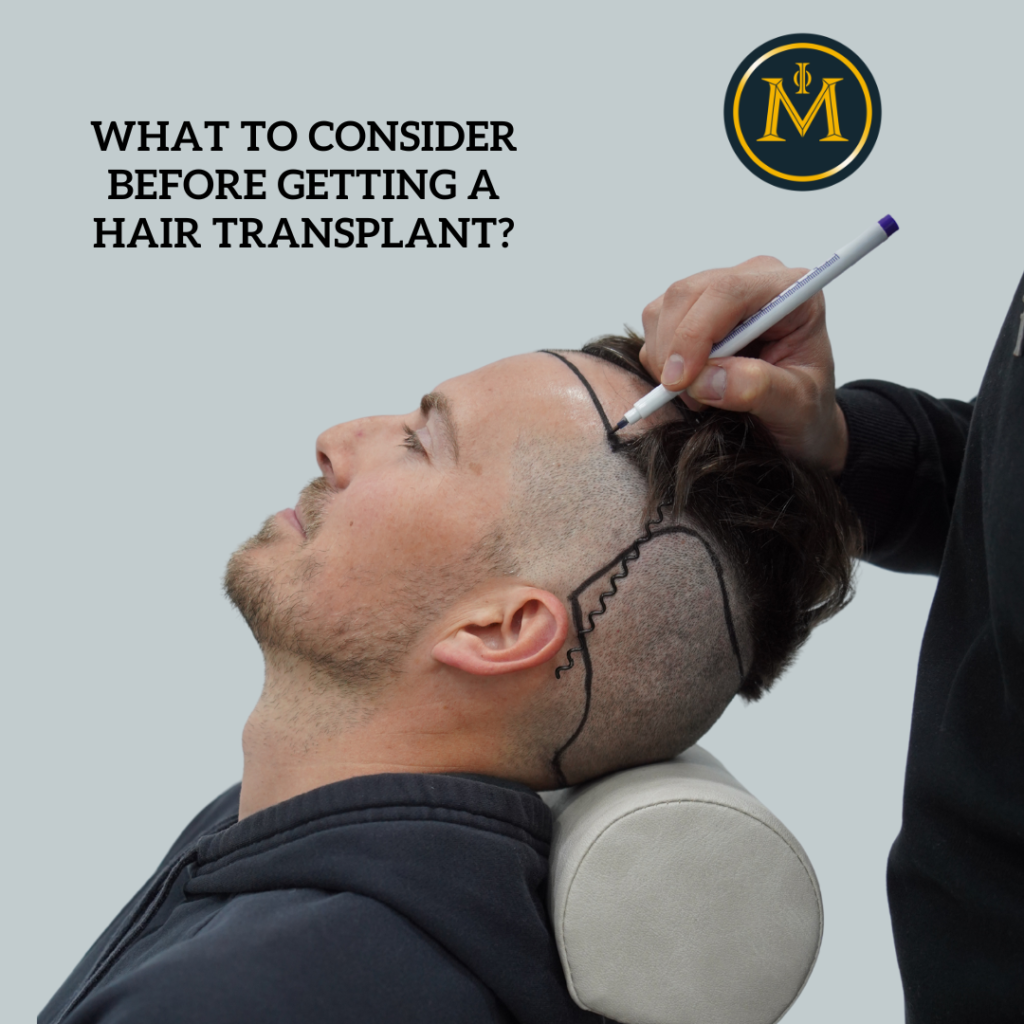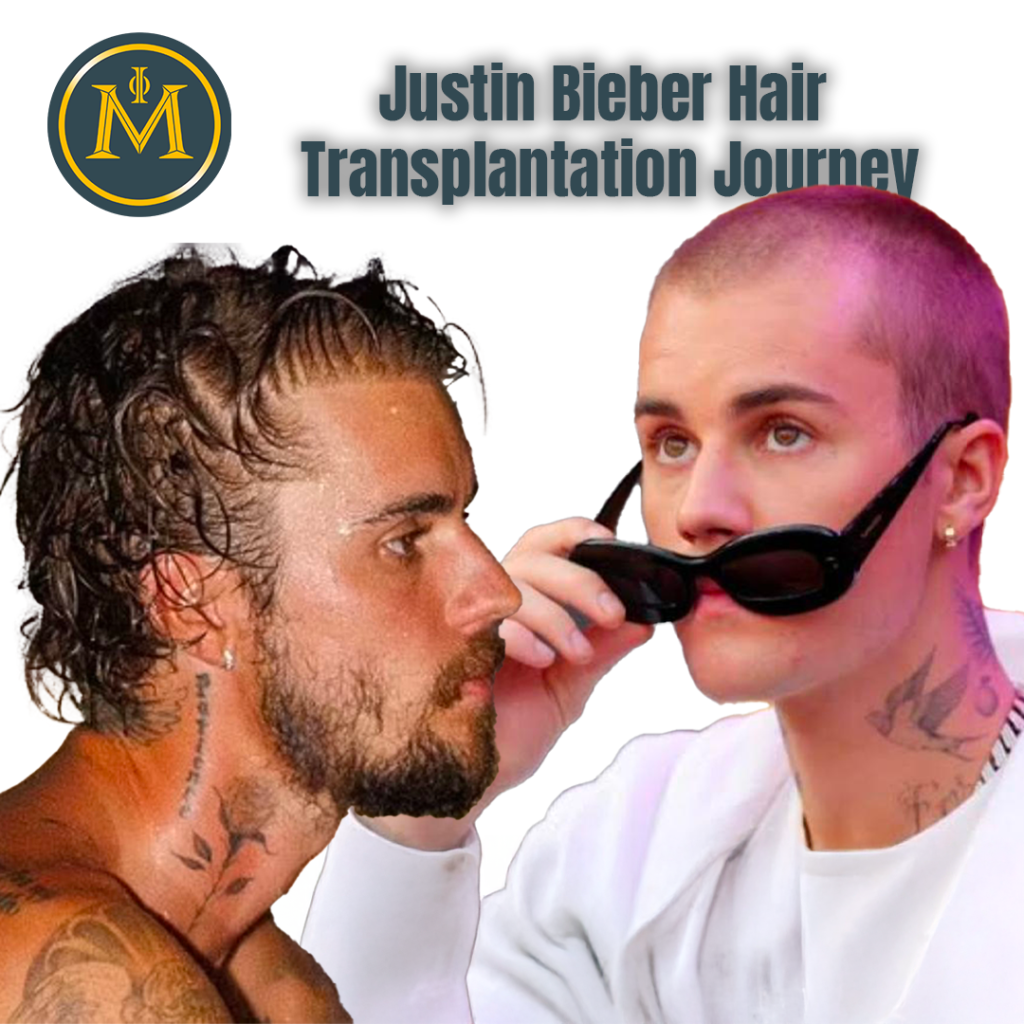Medical of Istanbul
What is Keloid Disease and How Does It Affect Hair Transplant Candidacy?
Individuals with keloid disease face an increased risk of developing keloids in the donor and recipient areas after a hair transplant. These scars can impair the aesthetic results and may cause discomfort or functional issues, such as tightness of the skin in the affected areas.
